Premium Only Content
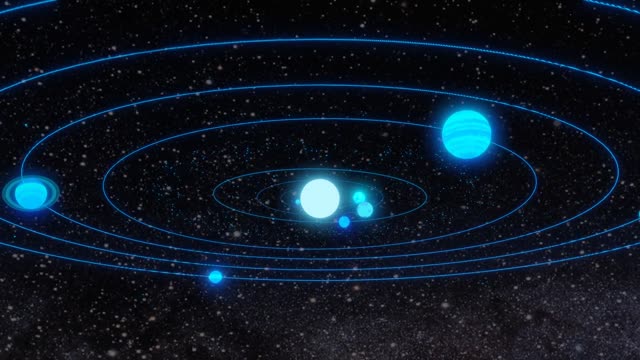
The Solar System
The Solar System is the gravitationally bound system of the Sun and the objects that orbit it. Of the bodies that orbit the Sun directly, the largest are the four gas and ice giants and the four terrestrial planets, followed by an unknown number of dwarf planets and innumerable small Solar System bodies. Of the bodies that orbit the Sun indirectly—the natural satellites—two are larger than Mercury, the smallest terrestrial planet, and one is nearly as large.[c]
The Solar System formed 4.6 billion years ago from the gravitational collapse of a giant interstellar molecular cloud. The vast majority of the system's mass is in the Sun, with the majority of the remaining mass contained in Jupiter. The four inner system planets – Mercury, Venus, Earth and Mars – are terrestrial planets, being composed primarily of rock and metal. The four giant planets of the outer system are substantially more massive than the terrestrials. The two largest planets, Jupiter and Saturn, are gas giants, being composed mainly of hydrogen and helium; the next two, Uranus and Neptune, are ice giants, being composed mostly of substances with relatively high melting points compared with hydrogen and helium, called volatiles, such as water, ammonia and methane. All eight have nearly circular orbits that lie close to the plane of the Earth's orbit, called the ecliptic.
The Solar System also contains smaller objects.[d] The asteroid belt, which lies between the orbits of Mars and Jupiter, contains objects composed of rock, metal and ice. Beyond Neptune's orbit lie the Kuiper belt and scattered disc, which are populations of objects composed mostly of ice and rock, and beyond them lies a class of minor planets called detached objects. Within these populations, some objects are large enough to have rounded under their own gravity and thus to be planets under some definitions, though there is considerable debate as to how many such objects there will prove to be.[9][10] Such objects are categorized as dwarf planets. Astronomers generally accept about nine objects as dwarf planets: the asteroid Ceres, the Kuiper-belt objects Pluto, Orcus, Haumea, Quaoar and Makemake, the scattered-disk objects Gonggong and Eris, and Sedna.[d] Various small-body populations, including comets, centaurs and interplanetary dust clouds, freely travel between the regions of the Solar System. Six of the major planets, the six largest possible dwarf planets, and many of the smaller bodies are orbited by natural satellites, commonly called "moons" after the Moon. Each of the giant planets and some smaller bodies are encircled by planetary rings of ice, dust and moonlets.
The solar wind, a stream of charged particles flowing outwards from the Sun, creates a bubble-like region of interplanetary medium in the interstellar medium known as the heliosphere. The heliopause is the point at which pressure from the solar wind is equal to the opposing pressure of the interstellar medium; it extends out to the edge of the scattered disc. The Oort cloud, which is thought to be the source for long-period comets, may also exist at a distance roughly a thousand times further than the heliosphere. The Solar System is located 26,000 light-years from the center of the Milky Way galaxy in the Orion Arm, which contains most of the visible stars in the night sky. The nearest stars are within the so-called Local Bubble, with the closest, Proxima Centauri, at 4.25 light-years.
-
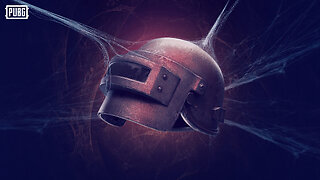 LIVE
LIVE
Father Russell
1 hour agoJust Gameplay Day | Chill and Kill
598 watching -
 4:09:39
4:09:39
I_Came_With_Fire_Podcast
18 hours agoTARIFF TAKEOVER | REDCOATS 2.0 | DOGE FINDS SOMETHING HORRIBLE
46.2K13 -
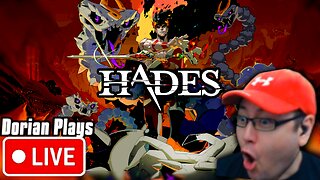 LIVE
LIVE
Dorian_D
11 hours ago🔥🔥 Hades PS5 Blind Playthrough LIVE! 🔥🔥
59 watching -
 8:00:00
8:00:00
SpartakusLIVE
1 day agoThe MACHINE is back after a RESTFUL 4 hours of sleep
170K8 -
 6:10:55
6:10:55
Eternal_Spartan
10 hours agoLive at 9pm Central! Come Hang Out w/ a USMC Vet Playing HALO! Can't Wait to See Everyone!!
55.8K3 -
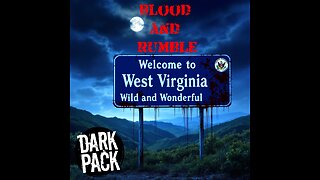 5:09:12
5:09:12
EzekielMaxwellVT
12 hours agoVTuber/VRumbler - Vampire The Masquerade - Listening to the voices in Jo's head
32.8K -
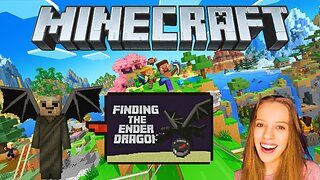 6:48:45
6:48:45
Welsh Girl
12 hours ago🔴 Minecraft - Finding the Ender Dragon - DAY 7
48.8K3 -
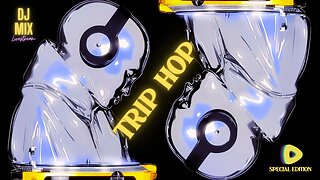 4:00:33
4:00:33
SynthTrax & DJ Cheezus Livestreams
1 day agoFriday Night Synthwave 80s 90s Electronica and more DJ MIX Livestream Trip-Hop SPECIAL EDITION
76.3K1 -
 4:03:27
4:03:27
FusedAegisTV
16 hours agoRumble Smackdown! #001 Street Fighter 6 $500 Online Tournament
111K8 -
 55:58
55:58
BonginoReport
13 hours agoCan Trump Make TikTok Great Again? (Ep. 20) - Nightly Scroll with Hayley Caronia - 04/04/25
175K100